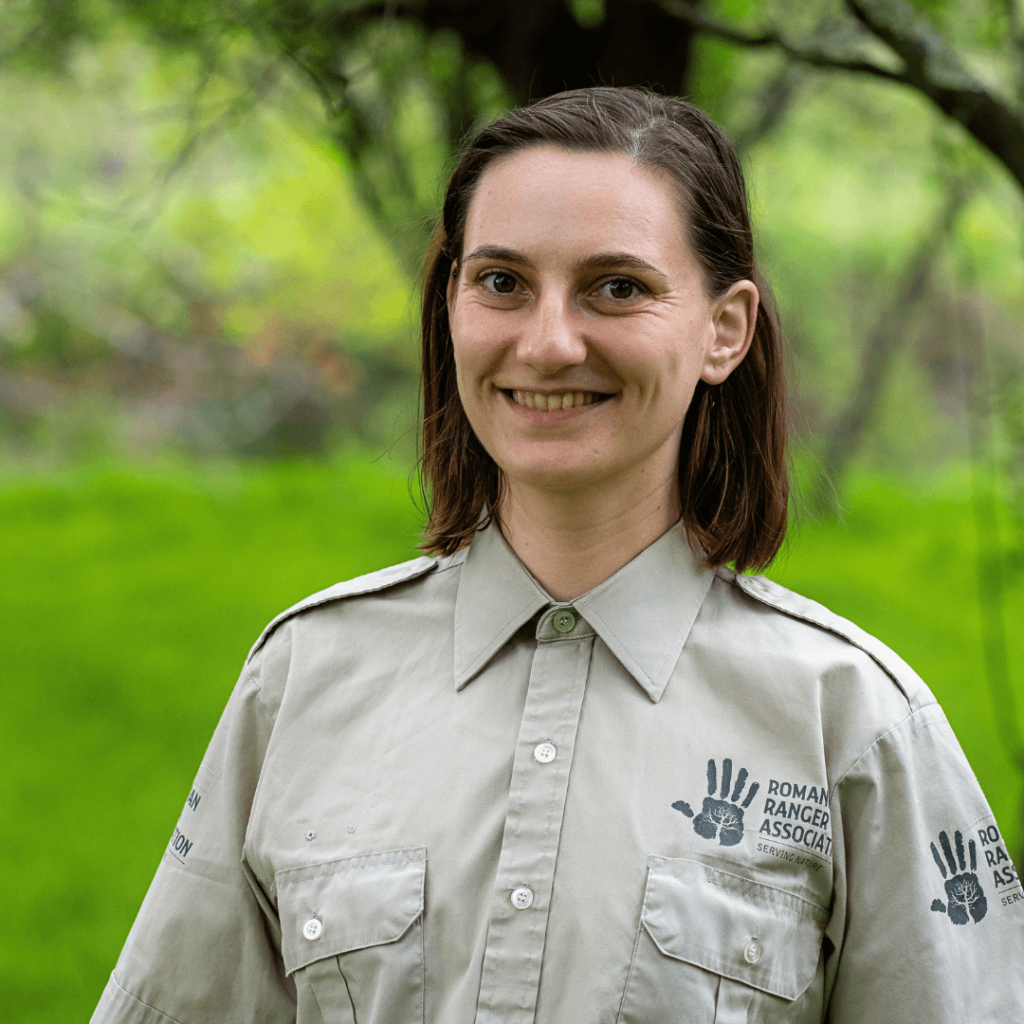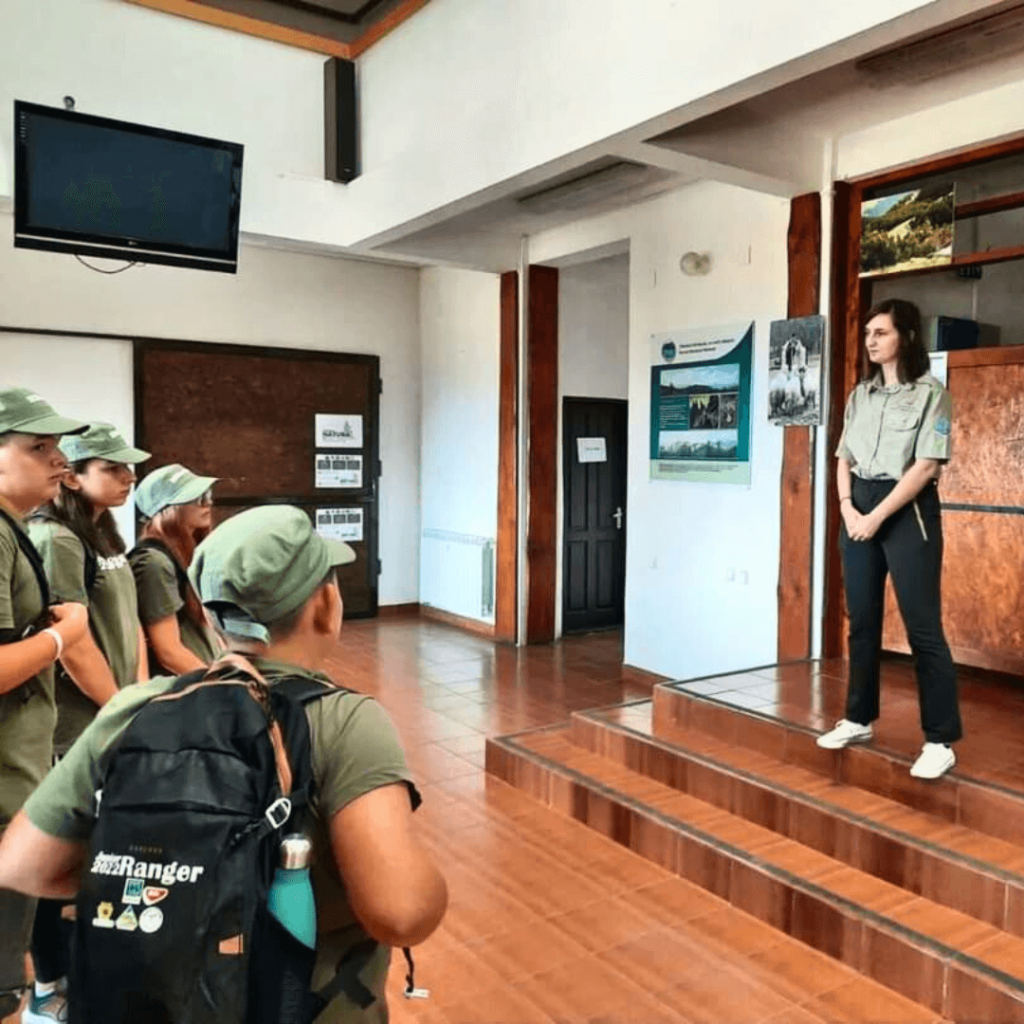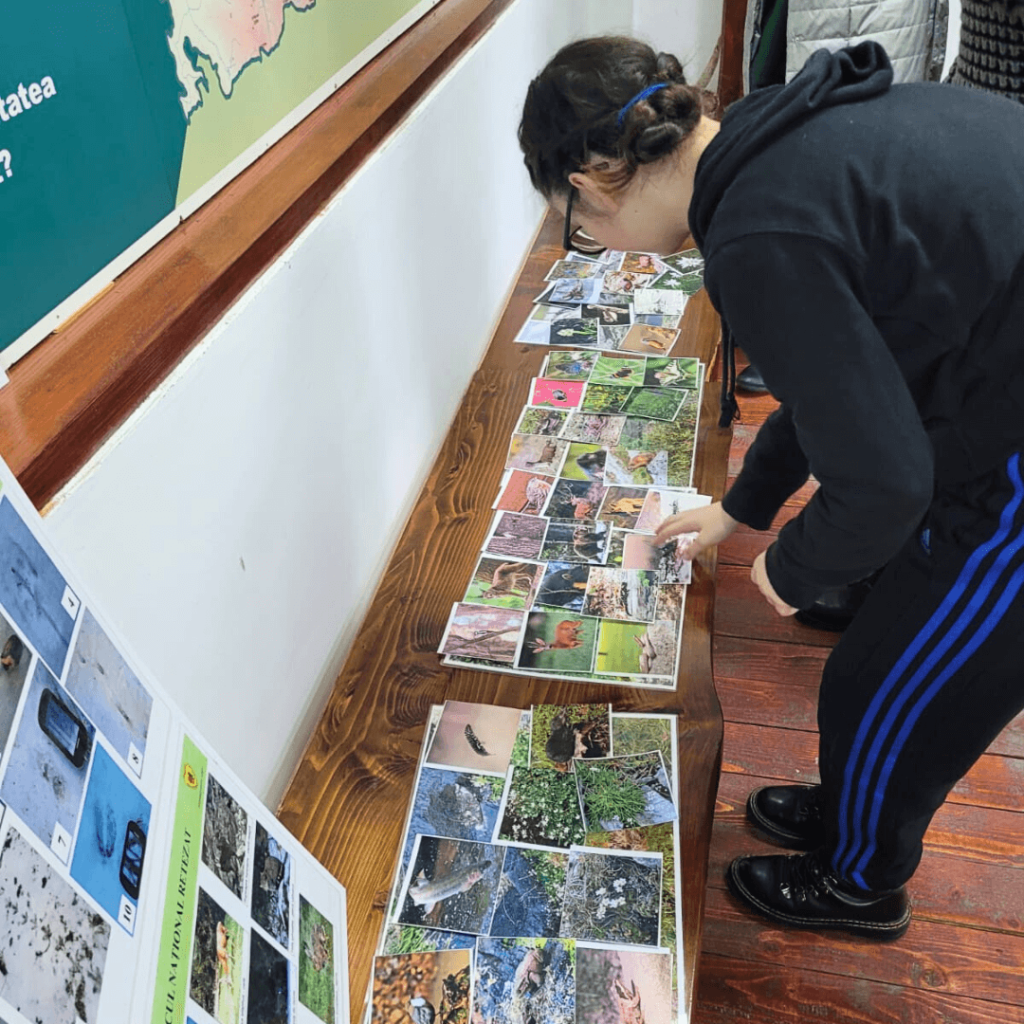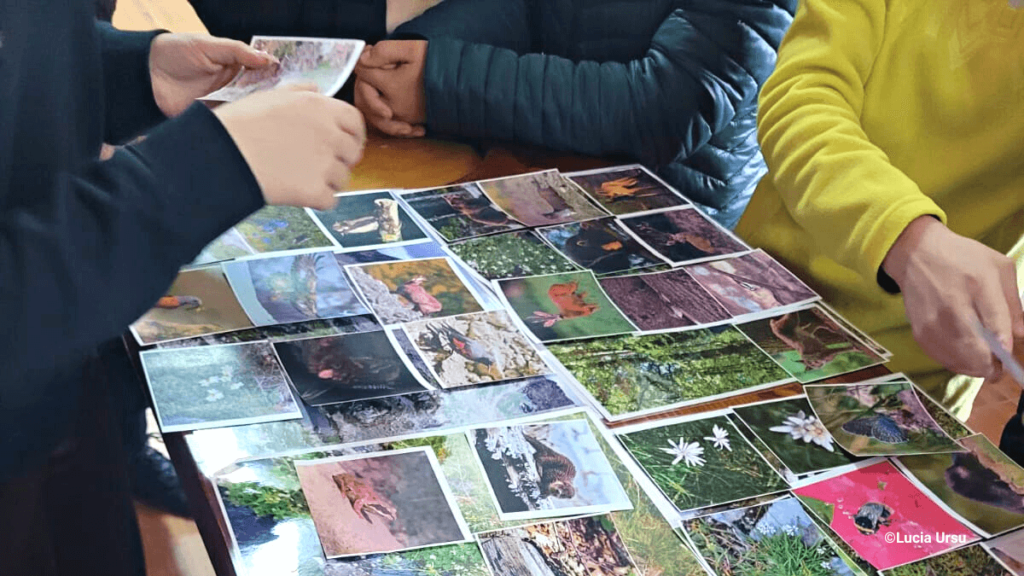Interpretation of natural heritage is the basis for people’s emotional involvement in its conservation. It reveals the value of natural sites for our lives. Against this background the conference of Interpret Europe recently took place – a charity that aims to reconnect people to natural and cultural heritage.
In addition to our president Urs Reif, who joined virtually to talk about the role of European Rangers (from p. 26) for our natural heritage, Lucia Ursu, environmental education specialist from Retezat National Park was there and brought us her learnings.
How can people internalise the many valuable contributions of natural sites to our lives, be it for physical and psychological or socio-economic well-being? Experts from all over Europe met in May in Sighișoara, Romania, to discuss questions like this under the conference motto “Creating learning landscapes through heritage interpretation”. As a person in contact with the communities of Retezat National Park, Lucia Ursu knows and learned about new ways at the conference how to promote participation, inclusion and co-design of systems to protect natural and cultural heritage. Here she reports on the outcomes for conservation in protected areas.

“What I take home from the conference is that Nature Interpretation is not only about informing, but also about making people part of the story.”
Lucia Ursu, PR and educational expert in Retezat National Park, Romania
Experience report from Interpret Europe conference by Lucia Ursu
“I participated in the Interpret Europe conference as a representative of the Secretariat of the Convention on the Protection and Sustainable Development of the Carpathians – the Carpathian Convention – and attended the workshop ,What interpretive strategies do learning landscapes need?’ I learned a lot about nature interpretation in different contexts – from museums to UNESCO sites. For example, there was an idea that I would like to put into our shoes: When we give a presentation, we can get people to stay, slow down and ‘reflect’ by forming a circle and having them sit down. This way we create a more familiar environment, can get them to experience nature interpretation and think critically about the issues. Because I think it is very important not only to provide information, but to make people part of the solution when there are questions and conflicts.
Vertical perspective: creating opportunities for shepherds and visitors to meet
The Carpathian Convention served as a case study for the workshop. UNESCO sites and protected areas were identified as hubs. The question of the workshop was how to connect them to create a learning landscape. Throughout the Carpathians there is the Carpathian Convention. If we have a learning landscape for the whole Carpathians, visitors coming to my area will know what to expect in the other protected areas and how to behave there. We also had a very good discussion about the vertical and the horizontal perspective, for example about how to create opportunities for different stakeholders to meet. Because often we are like a lever between visitors and shepherds. We explain to visitors why it is so important to have pastures and shepherds in the mountains to preserve natural habitats. But information gets lost along the way, and visitors are often not happy with the herders in the mountains because they have dogs or disturb their activities. So it would make our work much easier and help resolve conflicts if we took the vertical perspective and brought the stakeholders together.


Involving the new generation in the protection of natural heritage
Another point we discussed was the need to find a way for communities to have a say and be more involved in decision-making. One of the solutions proposed was to educate and involve the new generation, as they will be the future stewards of heritage protection. If you engage with them, they will go home and talk to their parents about it. We saw some good examples of parents getting involved in conservation through their children. Our junior ranger programmes would fit perfectly with this idea. We will run two junior ranger camps, one in Retezat National Park and one in Lunca Mureșului Nature Park. Parents will certainly be much better informed about the value of this natural heritage than other community members.
Equip locals with tool and skills as Nature Interpreters
It was an open-ended workshop on how to involve communities in heritage projects. But one way for us will be to equip them with the necessary tools and skills to conduct nature interpretation. As one workshop participant said, having an army of experts in protecting our heritage will be very helpful in dealing with visitors. Who could do this better than the community itself? For example, the mayor of a community in our park organises meetings with local businesses, which I attend monthly, to create eco-friendly tourism packages. The information about natural heritage could come directly from them, as another service they can offer to visitors. Instead of sending the guests to the tourist information office, the owner of a cabin, for example, can tell them what they can experience in the surrounding nature and raise awareness of its value and worthiness of protection.”
This content is sponsored by


